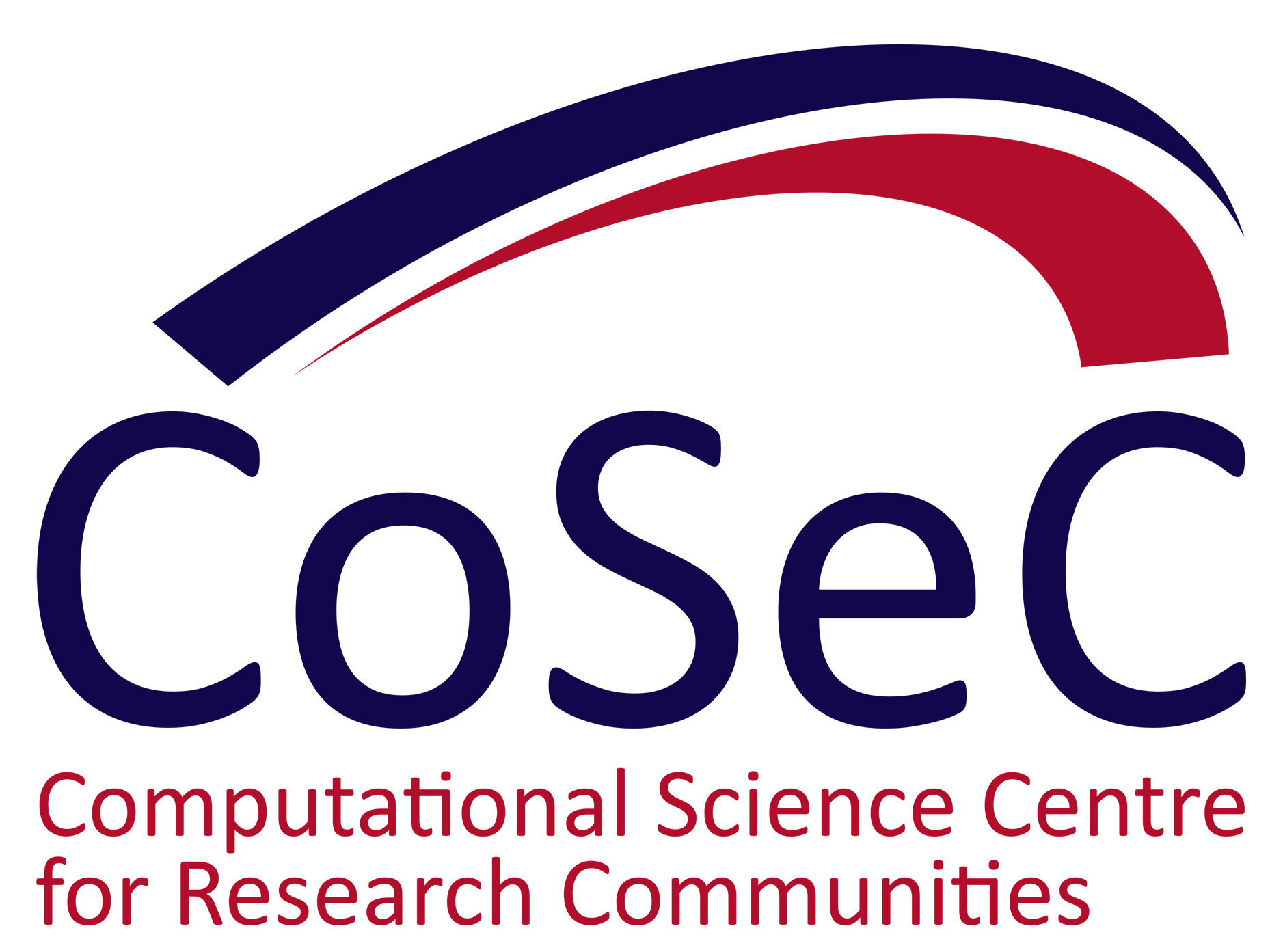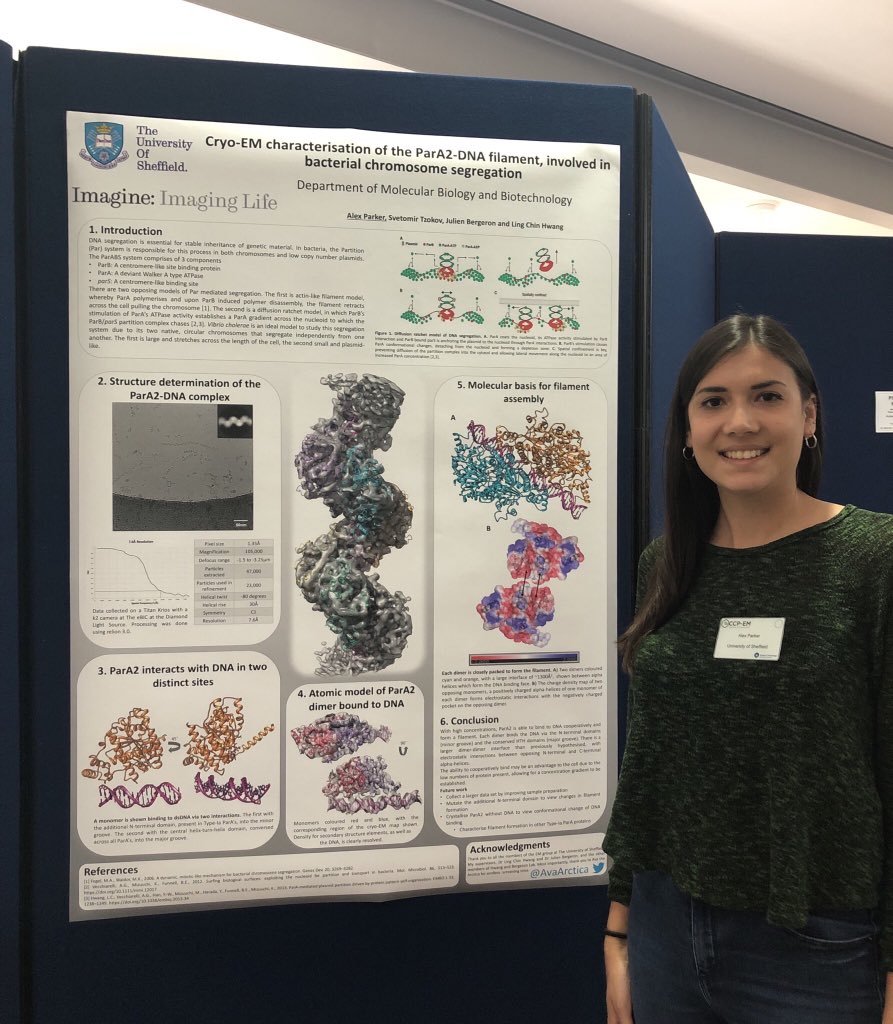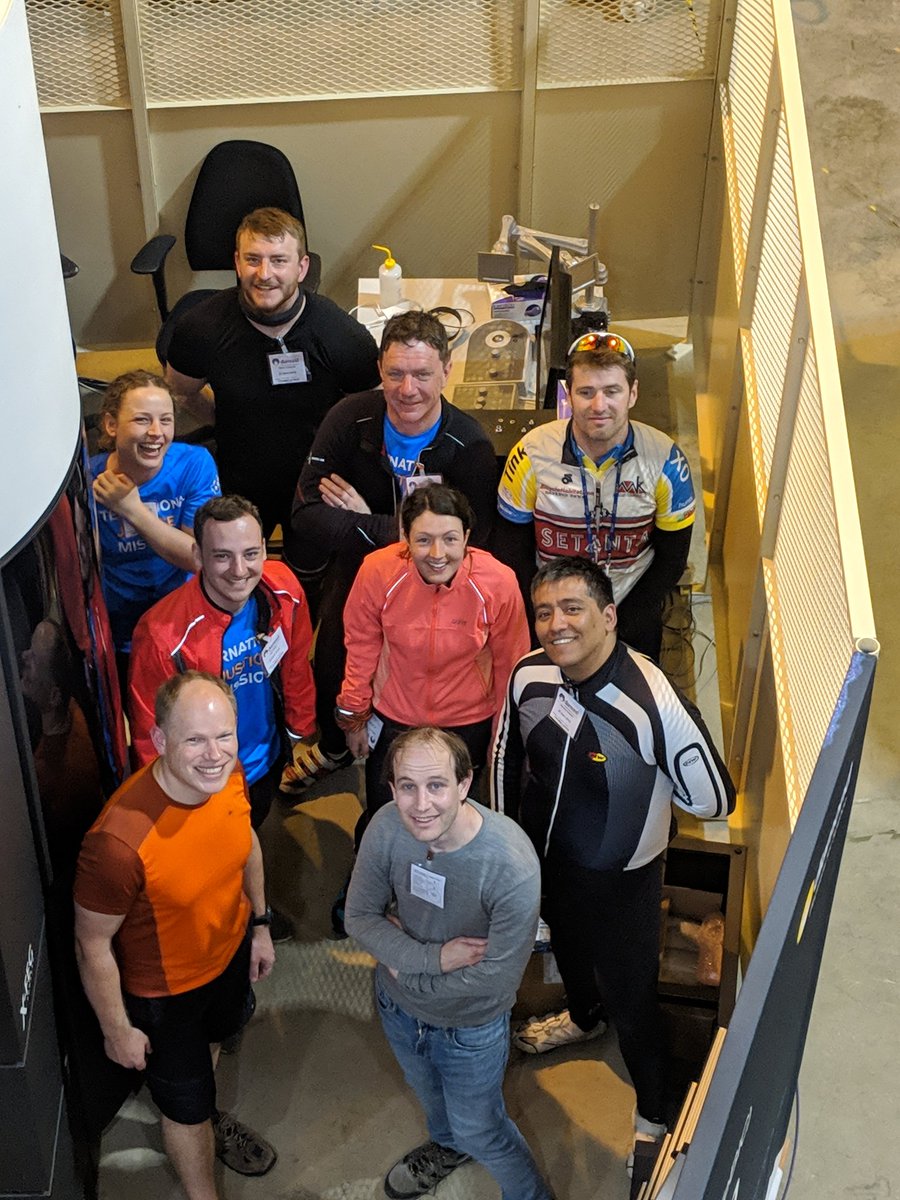
The CCP-EM project is hosted by STFC's Scientific Computing Department and is supported by CoSeC (Computational Science Centre for Research Communities).
Over the past decade, cryo-electron microscopy (or cryo-EM) has grown and evolved to embrace an extensive range of experimental approaches. At the heart of each experiment is the need to image radiation-sensitive samples at extremely low temperatures – so these might range from biological tissue samples to individual protein molecules. Scientists use cryo-EM to study how these biomolecules interact and function, producing exquisite molecular models that show the basis of life in atomic detail.
 Now in its fifth year, this ever-popular conference attracted 286 delegates from the cryo-EM community and provided an environment for sharing knowledge, networking and collaboration. It provides a forum to highlight state of the art developments in computational cryo-EM, as well as showcasing recent achievements. This year it covered topics from instrument technology and sample preparation to image processing, tomography and model building.
Now in its fifth year, this ever-popular conference attracted 286 delegates from the cryo-EM community and provided an environment for sharing knowledge, networking and collaboration. It provides a forum to highlight state of the art developments in computational cryo-EM, as well as showcasing recent achievements. This year it covered topics from instrument technology and sample preparation to image processing, tomography and model building.
Tom Burnley and Colin Palmer from STFC's Scientific Computing Department coordinated the conference. They were both extremely pleased with the quality of talks at the conference - so much so they found it “difficult to pick out one or two outstanding talks as they were all really good." Tom did, however, give an honourable mention to the two keynote speakers - John Rubinstein and Sjors Scheres - and to the Sample Preparation talks on the final day of the conference, which he found particularly interesting as this is an area of rapid technological development.
All of the talks were live-streamed from the conference and people from the cryo-EM community were logging in from as far afield as Australia, South Africa and The Netherlands. Talks were also captured on film and the videos will be made available shortly on the STFC YouTube channel – just search for CCP-EM.
Biological cryo-imaging 'satellite' meeting
Prior to the main conference there was a 'satellite' meeting organised in conjunction with Diamond Light Source's Electron Bio-Imaging Centre (eBIC). This provided a forum for eBIC's user community to showcase outstanding results obtained with help from the facility, give feedback to the eBIC management team and for eBIC to update its users about their future plans.
“We work closely with eBIC and as the majority of the UK cryoEM community are also eBIC users, it was an ideal opportunity to engage its user base," said Tom.
Cycling for charity
Members of the cryo-EM community from the Astbury Biostructure Laboratory, University of Leeds, also took the opportunity to do some fundraising for charity whilst travelling to the Spring Symposium. They cycled from one end of the country to the other, visiting every Titan Krios and Grand ARM microscope in the UK, and finished their trip at the CCP-EM Symposium in Nottingham. They arrived at the Harwell site in Oxfordshire on 25 April and were joined by STFC's Tom Burnley and Colin Palmer for a short distance before heading towards the Crick Institute in London on the next stage of their journey. So far they have raised more than £9,000, which will go to the International Justice Mission. More information can be found here.
